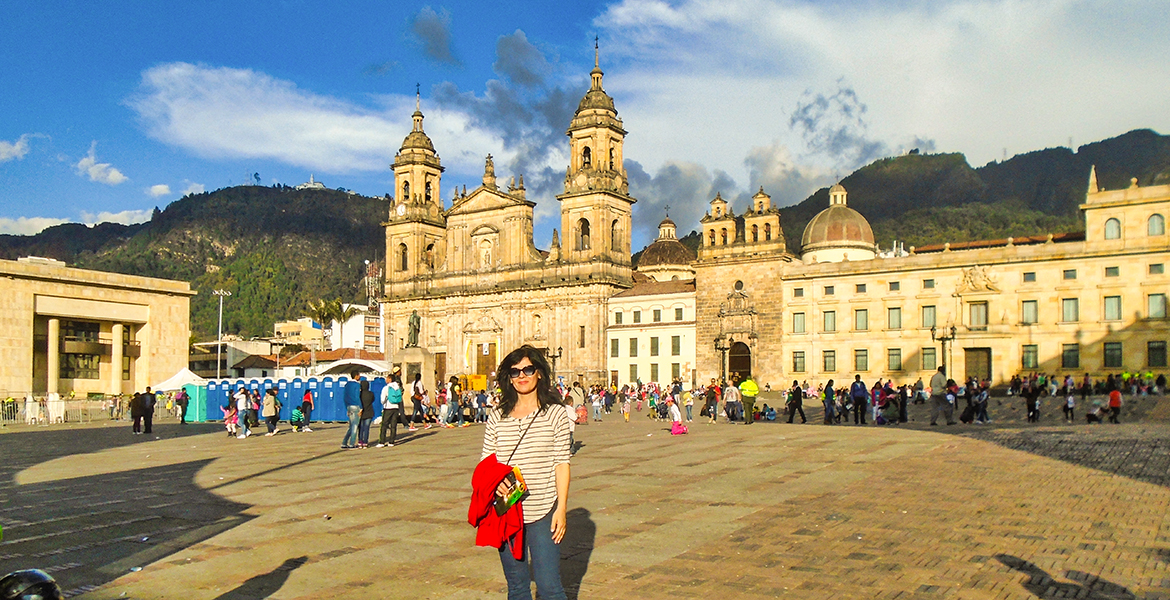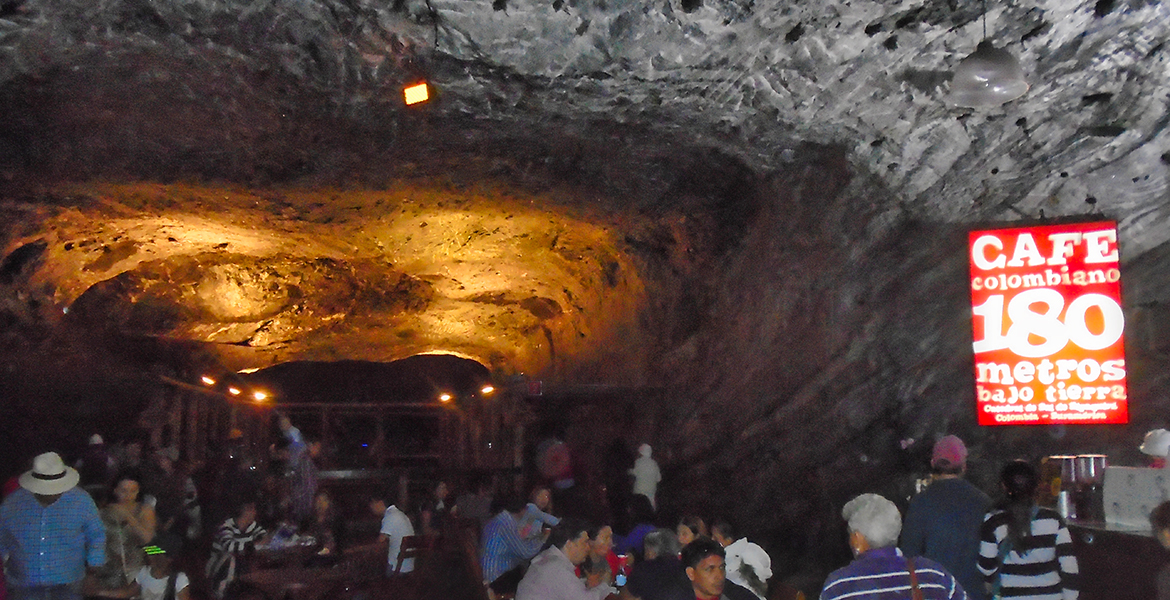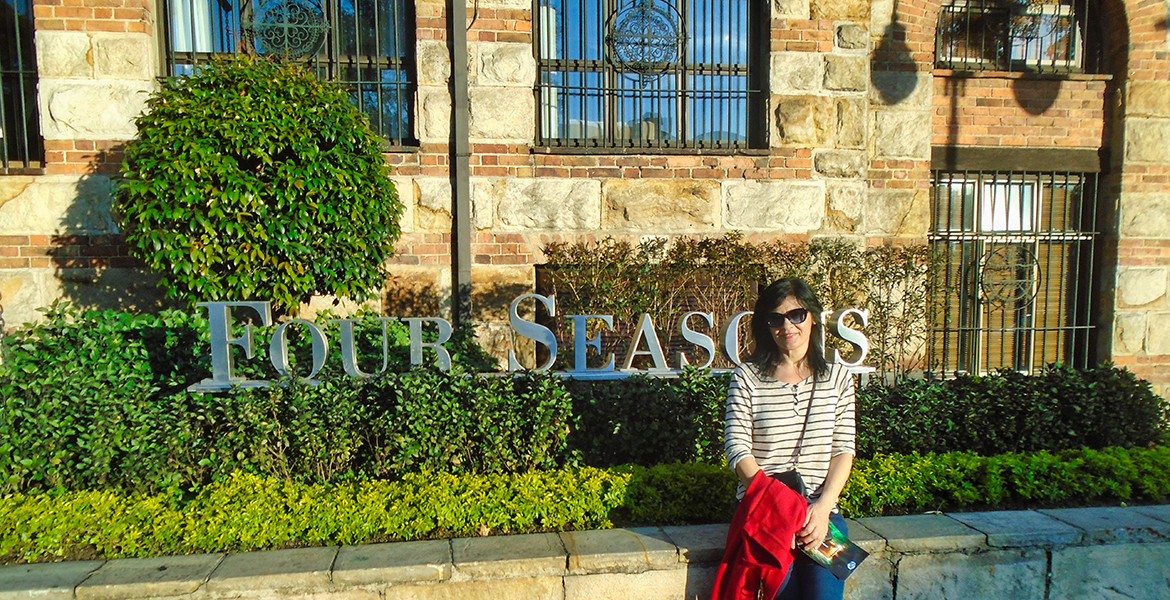


Geography & location
Colombia, country of northwestern South America. Its 1,000 miles (1,600 km) of coast to the north are bathed by the waters of the Caribbean Sea, and its 800 miles (1,300 km) of coast to the west are washed by the Pacific Ocean. The country is bordered by Panama, which divides the two bodies of water, on the northwest, by Venezuela and Brazil on the east, and by Peru and Ecuador on the south. It is more than twice the size of France and includes the San Andrés y Providencia archipelago, located off the Nicaraguan coast in the Caribbean, some 400 miles (650 km) northwest of the Colombian mainland. The population is largely concentrated in the mountainous interior, where Bogotá, the national capital, is situated on a high plateau in the northern Andes Mountains. The only American nation that is named for Christopher Columbus, the “discoverer” of the New World, Colombia presents a remarkable study in contrasts, in both its geography and its society. The lofty snow-tipped peaks of the country’s interior cordilleras tower high above equatorial forests and savannas where surviving indigenous groups still follow the lifeways and traditions of their ancestors. In the cooler mountains, at intermediate elevations, modern cities are juxtaposed with traditional rural landscapes where mestizo farmers cultivate their small plots of coffee, corn (maize), and other crops. The more accessible Atlantic lowlands, dominated by large livestock haciendas and a tri-ethnic population, have a distinctively different character. Colombia can be divided into five traditional geographic regions: the Atlantic lowlands, the Pacific coastal region, the Andean region, the Llanos, and the Amazonian rainforest.
History, Economy & Transportation
Colombia strongly reflects its history as a colony of Spain. It is often referred to as the most Roman Catholic of the South American countries, and most of its people are proud of the relative purity of their Spanish language. Its population is heavily mestizo (of mixed European and indigenous descent) with substantial minorities of European and African ancestry. The economy is traditionally based on agriculture, particularly coffee and fruit production, but industries and services are increasing in importance. Colombia is the most populous nation of Spanish-speaking South America. More than one-third of its inhabitants live in the six largest metropolitan areas, of which Bogotá is the largest. The nation’s political instability has been historically tied to the unequal distribution of wealth, and the illicit trade in drugs (mainly cocaine) remains a major disruptive factor in Colombian life. Transportation plays a particularly vital role in Colombia, where the problems of a diverse and difficult terrain are being overcome to unify the country. By far the most important means of surface transportation is the road system, about one-eighth of which is paved. Two parallel main roads extend toward the interior from the Caribbean ports, one following the Cordillera Oriental to Bogotá and Santa Marta, the other passing through Medellín, Cali, and Popayán to the Ecuadoran border. A branch from the first leads to Cúcuta and into Venezuela. There is, however, no overland communication with Panama and Central America, because of the difficult terrain of the Darién Gap, which separates Panama and Colombia and breaks up the northern and southern sections of the Pan-American Highway. Colombia is famous for the mines of Muzo, Chivor, and Coscuez located in the Andes Mountains. This region produces the world's finest Emeralds. In fact, about 70-90% of the Emeralds in the world come from Colombia! These stones are so pure and beautiful that they are amongst the highest priced.
People & Culture & Salsa
Geography has played a critical role in shaping Colombian culture, particularly in regard to regional isolation. Prior to the arrival of the first Europeans in the 16th century, the aboriginal populations of the area that was to become Colombia had achieved a high level of cultural development. Because they built largely of wood and occupied a tropical area of generally moderate to high rainfall, they left little evidence of their achievements. All groups had some form of social organization, but, except for the Chibcha of the Cordillera Oriental, they were organized in small chiefdoms (cacigazcos) under chiefs (caciques) whose authority was sharply limited geographically. The Andean indigenous people, particularly the Chibcha, practiced sedentary agriculture and were able to offer but small resistance to the Spanish invaders. They became the great biological and cultural contributors to the process of racial amalgamation, or mestizaje. The low demographic density of the pre-Hispanic population and its swift destruction during the colonial period led to the formation of a rather open society and to the substitution of Hispanic forms of culture for the indigenous ones. The most widely used native language, Chibcha, virtually disappeared in the 18th century. Colombian-style salsa is a type of salsa that is danced almost exclusively in the South American country of Colombia. Colombian salsa is known for its rapid and intricate footwork as well as the athletic lifts and tricks that are incorporated into their dancing. Salsa in Colombia dates back to the mid-twentieth century, when Cuban rhythms crossed the Caribbean and reached Cali. The 1958 Cali Fair saw the city begin to develop its own label, but it was in the 1970s when the salsa boom began in Cali.
Bogotá, the “Athens of South America”
From colonial times, Bogotá has been the nation’s cultural centre, and most cultural institutions are located within the metropolitan area. Also, Bogotá is the second largest capital city in South America and at 2640 m (8661 ft).
Bogota was founded in 1538 and still retains its historical charm in areas such as La Candelaria.
La Candelaria, its cobblestoned center, features colonial era landmarks like the neoclassical performance hall Teatro Colón and the 17th-century Iglesia de San Francisco. It’s also home to popular museums including the Museo Botero, showcasing Fernando Botero’s art, and the Museo del Oro, displaying pre-Columbian gold pieces.
Monserrate is a high mountain over 10,000 feet high that dominates the city center of Bogotá, the capital city of Colombia. It rises to 3,152 meters above the sea level, where there is a church with a shrine, devoted to El Señor Caído.
While today the Monserrate is a tourist attraction, it is also still predominantly a religious and sacred place, with many people visiting the cathedral to offer their prayers to El Señor Caído (the Fallen Lord). Pilgrims and nature lovers today climb the mountain to seek peace or to offer sacrifices.
Terracotta Warrior models on exhibit in Bogotá, Colombia, look so genuine that many visitors take them as the real ones in China.
In 2006, six real Terracotta Warrior statues from the ancient tomb-turned museum near the northwestern Chinese city of Xi’an were exhibited in Bogota’s National Museum, attracting roughly 220,000 visits.

The best of the best is Salt Cathedral of Zipaquirá
The Salt Cathedral of Zipaquirá is an underground Roman Catholic church built within the tunnels of a salt mine 200 metres underground in a halite mountain near the town of Zipaquirá, in Cundinamarca, Colombia.
An hour north of Bogotá, the Nemocón Salt Mine captivates visitors. Travelers walk along a mile of tunnels 263 feet underground, from which about 8 million tons of salt were extracted between 1816 and 1968. In the mine, 28 brine mirrors dissolve in the salt rocks, producing a stunning visual effect.
There is a café bar located just a few minutes from the cathedral on the way out. It must be the only café deep under the ground in the world. We could smell Colombian coffee at a level of 200 meters under the soil. Overall, this is trip was very special and unforgettable.

That was all from Bogotá!
